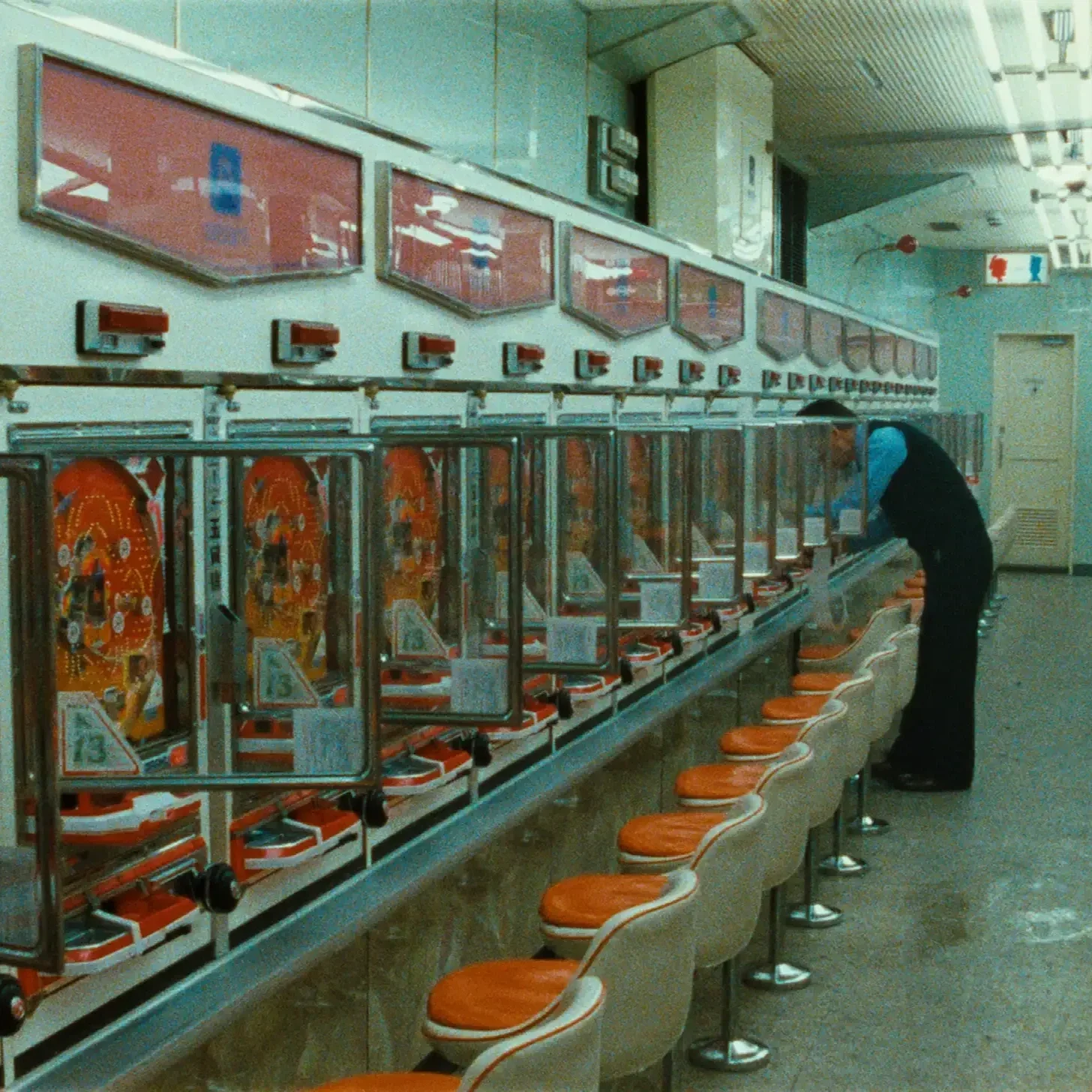Kinoko Teikoku - The Band That Shaped Japanese Shoegaze History
© Kinoko Teikoku
For a melancholic trip through Japanese shoegaze history, look no further than Kinoko Teikoku (きのこ帝国), or “Mushroom Empire.” Since they emerged in 2007, Kinoko Teikoku experimented with a blend of shoegaze and dream pop, slowly evolving into more mainstream rock in their later years. The Tokyo-based band—formed by vocalist and guitarist Chiaki Sato, guitarist A-chan, bassist Shigeaki Taniguchi, and drummer Kon Nishimura—rose from the Japanese indie scene to garner international interest, yet ultimately disbanded in 2019.
At the heart of Kinoko Teikoku’s layered and ethereal sound lies the hauntingly beautiful vocals of Chiaki Sato. With its dense, textured soundscapes and introspective lyrics, shoegaze originated in the West but gained foothold in Japan thanks to bands like Kinoko Teikoku. In albums like Uzu ni Naru (2012) and Eureka (2013), they channeled the genre’s core elements, following in the footsteps of bands like Ride and My Bloody Valentine, while combining it with influences of alternative rock giants like Radiohead, Explosions In The Sky, and even Jeff Buckley.
By 2014, Kinoko Teikoku’s sound began shifting with Fake World Wonderland, marking their first shift toward a more mainstream sound. Signing with EMI under Universal in 2015 pushed them even further in this direction. The transition caused a divide among fans: while they gained new followers in Japan, some international fans lamented the departure from their shoegaze roots.
Their album Ai no Yukue (2016) hit #19 on the Oricon chart, with its introspective, polished pop-rock sound showcasing Sato’s lyrical range on themes like love and loss. By their final album, Time Lapse (2018), they had moved fully into the realm of accessible, dreamy rock that appealed to a broad Japanese audience.
Disbandment
In 2019, Kinoko Teikoku announced their hiatus, driven largely by bassist Taniguchi’s decision to take on a role at the Buddhist temple of his family. Rather than replacing him, the band chose to pause indefinitely, with each member free to explore new directions. Sato continues her career as a solo artist, allowing us to hear glimpses of the voice that once defined Kinoko Teikoku.
For fans, the band’s decision felt bittersweet. Many had followed Kinoko Teikoku through a decade of experimentation and evolution—some yearning for their shoegaze roots and speculating on Reddit about a possible reunion, while others appreciated their pop-rock transformations.
Although Kinoko Teikoku no longer produces new music as a band, their influence on Japanese rock and shoegaze lingers. Their early work remains a touchstone for shoegaze fans in Japan and abroad, while their later albums reflect the challenges of adapting to Japan’s competitive music industry.








How Teriyaki Boyz and Kanye West crossed hip-hop culture.